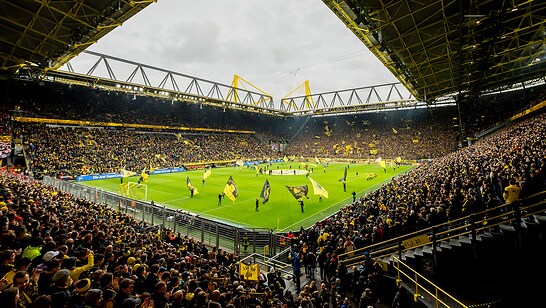Megatrend: Energy Revolution
Rising energy demand requires increasingly efficient technologies
This article feautures
Energy scarcity is growing across all areas of society: digital technologies, new mobility concepts, expanding cities, and enormous industrial production volumes are continuously increasing the energy consumption of our modern societies. It is clear: we must develop efficient solutions. The transition to sustainable and green technologies to combat energy scarcity is no longer just an alternative option but a real competitive factor. That's why it's fair to say we're already witnessing an energy revolution.

How can we solve the energy crisis?
Nowadays, almost every country in the world is introducing new packages of measures and Green Deals to transform their economies ecologically, implementing them at varying speeds. We counteract energy shortages by focusing especially on the development of energy-efficient products, smart grids, and renewable energies. This also includes the development of new technological solutions such as green hydrogen.
Global energy consumption is rising
Worldwide primary energy consumption per capita rose from 12,966 kilowatt-hours in 1965 to 20,993 kilowatt-hours in 2021, an increase of more than 60 percent. For comparison: an energy-efficient fridge-freezer combination consumes about 150 kilowatt-hours per year. More than 80 percent of this global energy demand is covered by fossil fuels. In 2021, the global primary energy supply consisted of 31 percent oil, 26.9 percent coal, and 24 percent gas (13.5 percent came from renewables and hydropower). Primary energy refers to energy before conversion into end-use forms in the energy industry. The greenhouse gas emissions produced during this process are responsible for the global rise in temperatures.
This persistent dependence on climate-damaging energy sources is moving countries, companies, and individuals further away from the United Nations climate goals. At the same time, rising energy prices are a burden on entire economies. But only those who develop innovative solutions secure energy supply in the long term, relieve the climate, and enable a livable future. This is where the energy revolution starts.
Green hydrogen as the energy carrier of the future
Natural energy sources allow a reduction of greenhouse gas emissions and thus make a sustainable contribution to solving the climate crisis. An important part of new energy strategies: green hydrogen, produced using wind, solar, or hydropower. Hydrogen can replace fossil fuels and ensure an independent and reliable energy supply. At Wilo in Dortmund, we produce climate-neutral hydrogen via the photovoltaic system on the roof of the Smart Factory in the H2POWERPLANT. This allows solar-generated electricity to be stored long-term. Another solution approach: replacing old inefficient pumps with highly efficient products that save electricity and energy. In addition, differentiated re- and upcycling processes ensure that valuable resources are not wasted. Many electronic products (including pumps) contain rare earth elements. By reprocessing and using already extracted raw materials, we actively contribute to the circular economy.
"The energy transition must be complemented and accelerated by significantly intensified energy efficiency measures."
Signal Iduna Park, Dortmund

An example of the right path
SIGNAL IDUNA PARK shapes the Dortmund skyline. With 81,365 seats, the stadium is the largest in Germany - the legendary south stand is the largest standing terrace in Europe. The home of Borussia Dortmund has relied on Wilo’s energy-efficient, reliable, and powerful products for many years. From water supply for VIP areas, changing room heating to underfloor heating: Wilo product solutions create a green environment. Since 2019, new Wilo-Stratos MAXO models have ensured the supply of the south stand.











